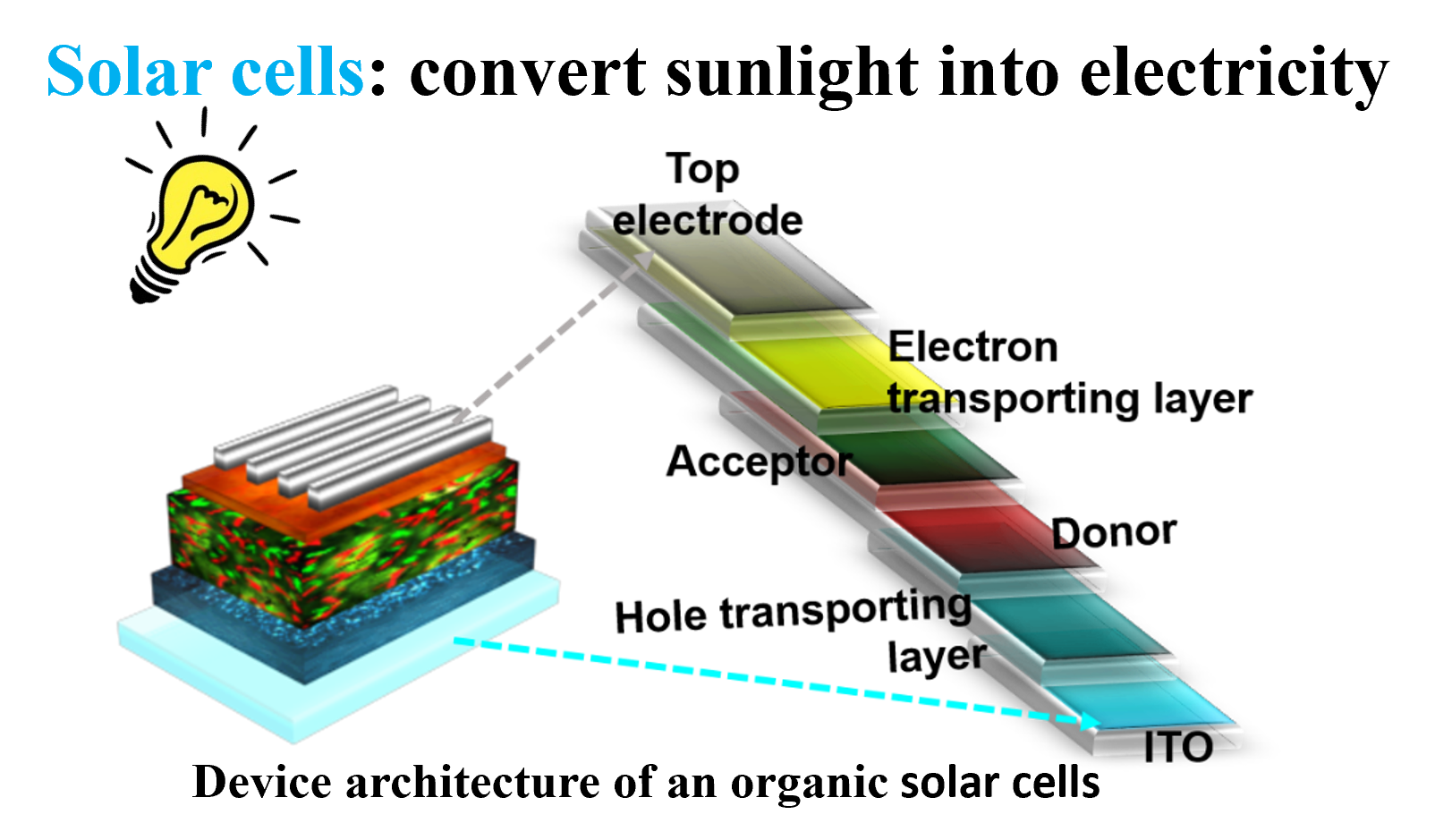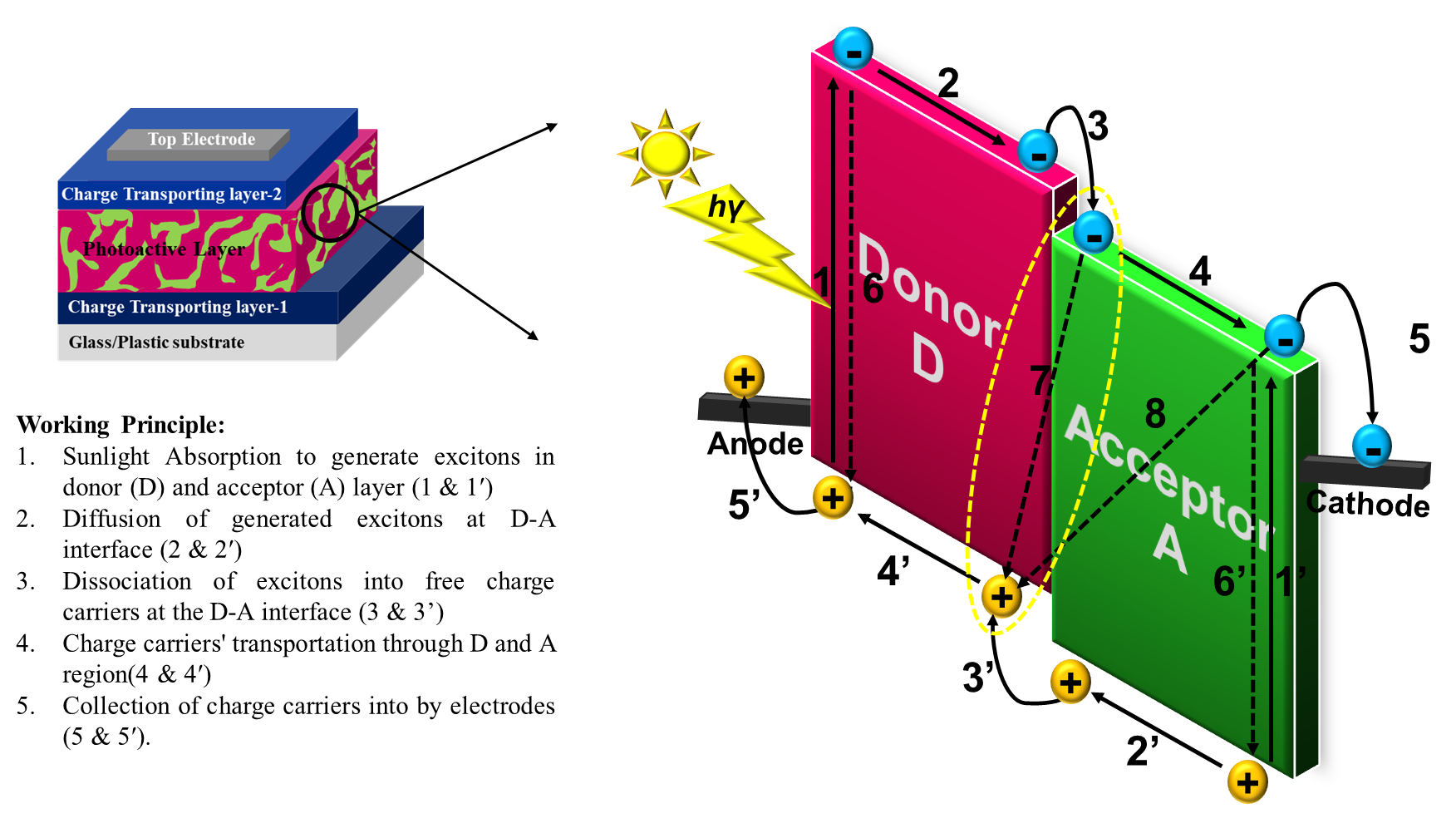Solar cells, also known as photovoltaic (PV) cells, absorb energy from the sun in the form of sunlight and convert it to electricity that can be used to power homes and industries. They are a key component of solar panels and are widely used to harness solar energy for various applications. Solar energy is virtually unlimited, as sunlight is available abundantly across the globe. Unlike finite resources such as fossil fuels, solar energy is renewable and can be harnessed almost anywhere. This accessibility makes solar cells a viable option for energy generation in both urban and remote areas.
Solar cells produce electricity without emitting greenhouse gases or pollutants. They have a minimal impact on air quality, water resources, and overall environmental health. Solar energy is considered one of the cleanest and most sustainable forms of energy, contributing to reduced carbon footprint and mitigating climate change.
Solar cells are highly scalable, meaning they can be deployed at various scales, ranging from small residential installations to large-scale solar farms. This flexibility allows for tailored solutions to meet different energy demands. Solar cells can be integrated into rooftops, facades, or even incorporated into portable devices, providing energy independence and reducing reliance on centralized power grids.
Once installed, solar cells have a relatively low operating cost. Sunlight is free and abundant, so the primary cost associated with solar energy is the initial investment in the solar panel system. Over time, this investment is often offset by the savings on electricity bills, especially in areas with high electricity prices. As technology advances, the cost of solar cells continues to decrease, making them more economically competitive. Solar cells provide a decentralized energy solution, allowing individuals, communities, and businesses to generate their own electricity. This energy independence reduces dependence on external energy sources, enhances resilience during power outages or grid disruptions, and provides a reliable source of electricity in remote or off-grid locations.
The common solar panels seen in homes and businesses are composed of crystalline silicon, which is both heavy and inflexible, making them challenging to install on all building roofs or curvy surfaces. However, there is an alternative to silicon solar cells that is more adaptable.
The fundamental difference between silicon technologies and OSC is that we can print it or coat it as a thin film on something. The manufacturing process of OSCs therefore has the potential to be less expensive. OSCs (OPVs) are thin enough to be mounted on plastic polyester sheets and can be as thin as a few centimeters in thickness. They are lightweight, flexible allowing architectural freedom, and are more ecologically friendly as compared to perovskite or silicon counterparts.
Several researchers, including myself, are working on organic solar cells (OSCs) technology instead of silicon as a next generation energy solution. Organic simply refers to carbon-based molecules, and OSCs also known as organic photovoltaics (OPVs) can be thought of as plastic solar cells. They have benefits over solar panels made of silicon and therefore, are considered as NEXT Generation Energy Solution.
Blogs
Portable Solar Cells: Power on the Go
When you’re off the grid, portable solar panels are a…
Keep readingExploring the Potential of Flexible Solar Cells: A Comprehensive Guide
In recent years, the solar energy industry has witnessed significant…
Keep readingHarnessing the Power of the Sun: Building Integrated Organic Photovoltaics
Building integrated organic photovoltaics (BIOPV) offers an exciting and innovative…
Keep readingOrganic solar cells: an epic green energy technology for our planet
Organic solar cells (OSCs) have numerous indispensable advantages, including the…
Keep readingRenewable Energy: A Necessity of Sustainable Modernization
Rapid economic growth in developed and developing countries, substantial population…
Keep reading











2 responses to “Let’s Create an Eco-friendly Smart World!”
Well-done 👌👌👍👍👏👏👍
LikeLiked by 1 person
Great work. Continue this noble work for the green world 🌍
LikeLiked by 1 person